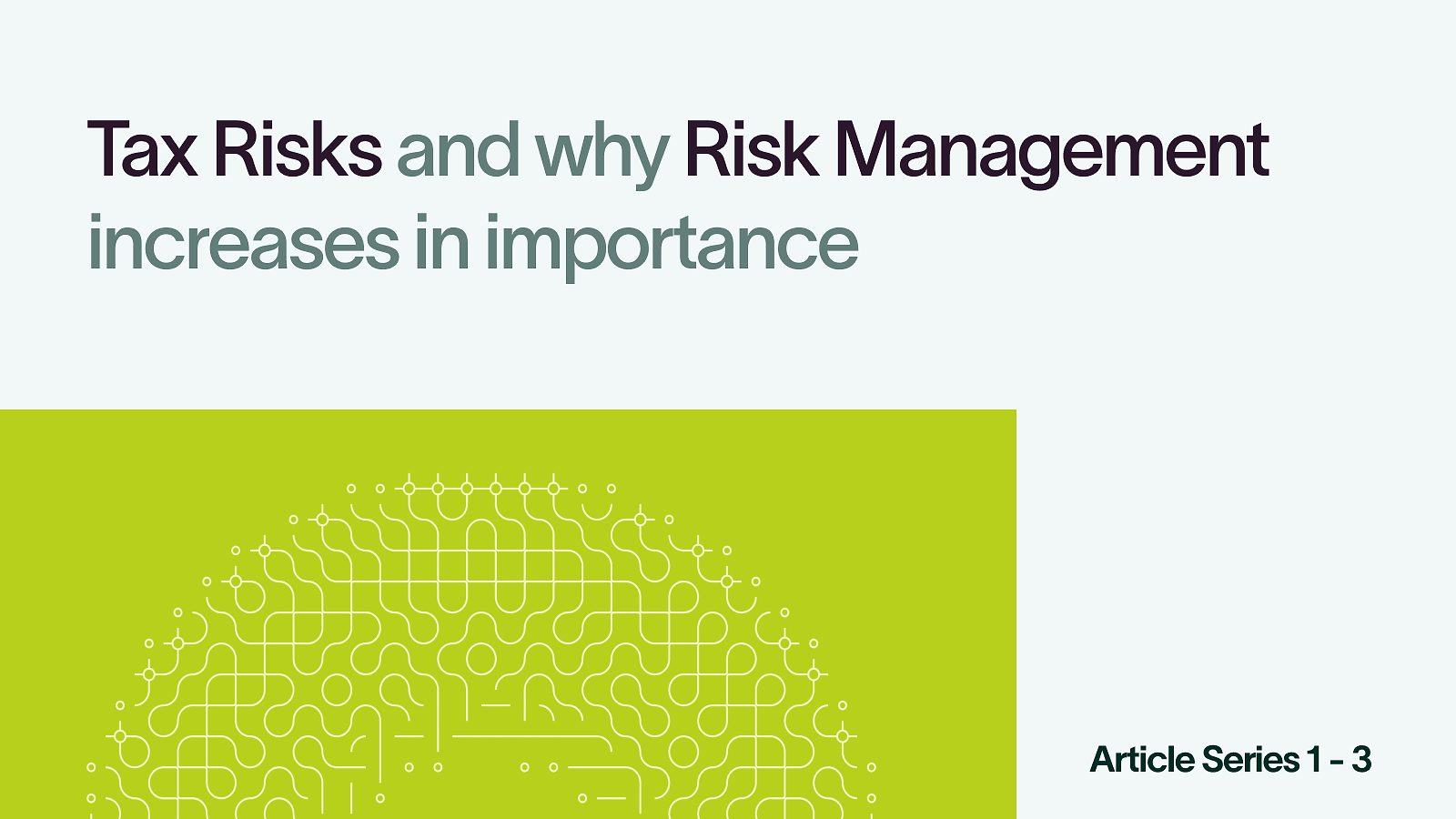Addressing the Unseen Risks: The Importance of Risk Management in Technology
Addressing the Unseen Risks: The Importance of Risk Management in Technology
Blog Article
Checking out the Significance of Risk Management for Effective Decision-Making Approaches
In the complex globe of business, Risk Management arises as an essential factor in the decision-making process. The ability to recognize potential hazards and possibilities, and strategize appropriately, can lead to the distinction between success and failing. With tools such as SWOT and PESTEL, organizations are equipped to make informed choices, fostering resilience and flexibility in an ever-changing environment. Wondering exactly how this functions? Allow's unbox the characteristics better.
Recognizing the Principle of Risk Management
Risk Management, an important part in decision-making, is typically misunderstood or oversimplified. Typically, it describes the recognition, assessment, and prioritization of risks to minimize, monitor, and regulate the possibility or impact of unfortunate occasions. However, it's not merely about stopping unfavorable outcomes, however additionally concerning identifying possible opportunities. Risk Management involves disciplined and structured techniques, using data and insightful evaluations. It requires a comprehensive understanding of the organization's context, objectives, and the potential risks that might combat them. From monetary unpredictabilities, lawful responsibilities, tactical Management mistakes, to crashes and all-natural disasters, it addresses various dangers. Importantly, reliable Risk Management is not stationary; it's a continual, progressive process that develops with transforming circumstances.
The Duty of Risk Management in Decision-Making Processes
In the realm of strategic preparation and organization procedures, Risk Management plays an essential function in decision-making procedures. Risk Management hence comes to be a crucial device in decision-making, helping leaders to make enlightened options based on a detailed understanding of the dangers entailed. Risk Management serves as a vital part in the decision-making processes of any kind of company.

Exactly How Risk Management Improves Strategic Planning
In the context of strategic preparation, Risk Management plays a critical duty. Starting with the identification of prospective dangers, it additionally includes the execution of Risk mitigation steps. The duty of Risk Management is not fixed but vibrant, as it requires constant surveillance and adjusting of approaches.
Determining Possible Dangers

Applying Risk Reduction
Having developed the importance of recognizing prospective risks, the next step is to discover Risk mitigation. This procedure involves establishing and executing approaches to manage recognized risks effectively. It is a critical element of calculated preparation as it boosts decision-making by reducing prospective unfavorable end results. Risk reduction techniques can range from Risk evasion, Risk transfer, to take the chance of reduction. Each technique must be tailored to the particular Risk, considering its possible effect and the company's Risk tolerance. Moreover, efficient Risk reduction requires a deep understanding of the Risk landscape and the prospective impact of each Risk. This understanding makes it possible for organizations to prioritize risks and allot sources efficiently, making certain that one of the most considerable hazards are dealt with first.
Tracking and Changing Methods
Though Risk reduction is a critical step in strategic preparation, continuous monitoring and adjustment of these techniques is similarly important. It additionally provides a chance to examine the success of the Risk Management procedures, enabling modifications to be made where essential, further boosting tactical planning. Surveillance and changing Risk Management strategies is a vital element for boosting a company's durability and strategic preparation.
Case Researches: Successful Risk Management and Decision-Making
In the world of organization and financing, successful Risk Management and decision-making commonly serve as the columns of flourishing business. These instances highlight the value of astute Risk Management in decision-making procedures. These cases emphasize the vital role of Risk Management in strategic decision-making.
Devices and Methods for Effective Risk Management
Navigating the intricate labyrinth of Risk Management visit this website requires the ideal set of methods and tools. These devices, such as Risk signs up and warmth maps, aid in recognizing and analyzing prospective dangers. Strategies consist of both measurable techniques, like level of sensitivity analysis, and qualitative approaches, such as SWOT analysis. These aid in prioritizing dangers based on their prospective influence and likelihood. Risk response techniques, a vital component of Risk Management, entail approving, staying clear of, transferring, or mitigating risks. Surveillance and controlling risks, with routine audits and reviews, make certain that the techniques continue to be efficient. With these techniques and tools, decision-makers can navigate the facility landscape of Risk Management, consequently helping with educated and reliable decision-making.
Future Patterns in Risk Management and Decision-Making Methods
As we check out the large landscape of Risk Management, it comes to be apparent that the strategies and tools utilized today will certainly proceed to progress. The principle of Risk society, where every member of an organization is conscious and involved in Risk Management, will certainly gain more importance. These patterns herald a more comprehensive and proactive approach towards Risk Management and decision-making.
Conclusion

Risk Management thus becomes a crucial device in decision-making, helping leaders to make enlightened options based on a comprehensive understanding of the threats entailed. Risk reduction methods can vary from Risk evasion, Risk transfer, to run the risk of reduction (importance of risk management). Reliable Risk mitigation requires a deep understanding of the Risk landscape and the potential impact of click here for info each Risk. Risk reaction strategies, an essential part of Risk Management, include approving, avoiding, transferring, or mitigating threats. The idea of Risk culture, where every member of an organization is conscious and included in Risk Management, will get more prestige
Report this page